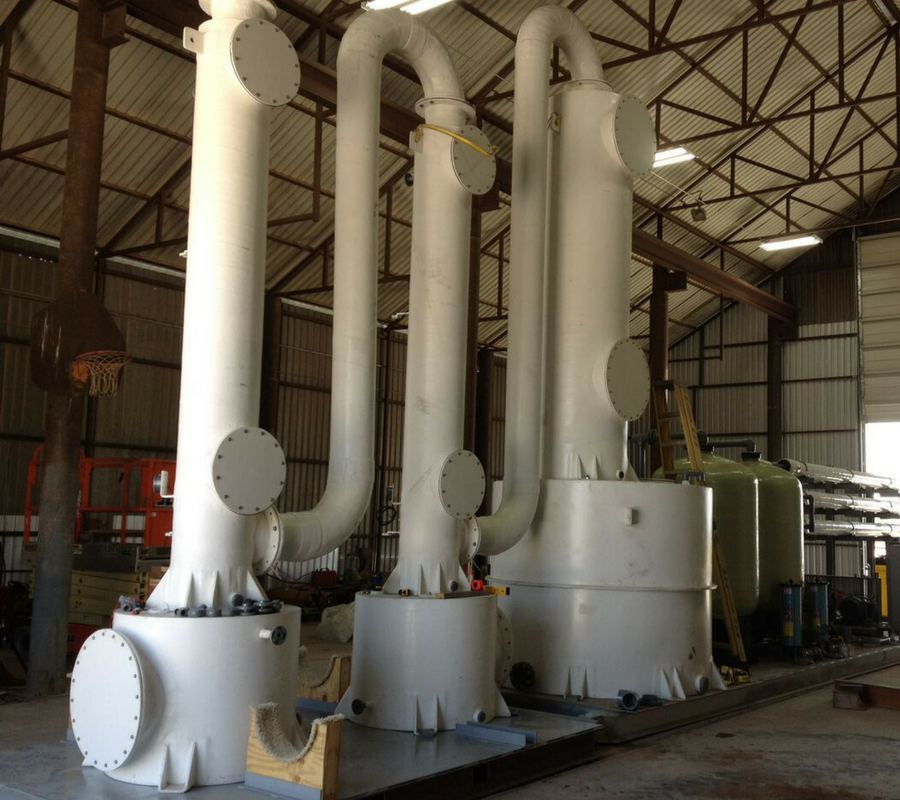Do you need to remove or increase your reverse osmosis system's hydrogen sulfide removal efficiency?
The industrial water treatment market has many forms of water treatment processes. Most of us would agree that maintaining high water standards and quality requires using multiple treatment systems to achieve results. Let’s face it, we do not win or get a “that a boy” when we design and build the best reverse osmosis system.
When we turn the brand-new water system on, the water has a "rotten egg odor." Yes, that is an embarrassing moment!
The problem is we typically design around what we can see or read. When was the last time you reviewed a water sample that provided details of how much-dissolved gas was in the water? Most likely never. A typical water treatment system may deploy reverse osmosis as the primary treatment method, and why true RO will remove particles that have size and weight (ions and molecules) typically defined as a certain size (micron), but RO does nothing to remove the dissolved gases that are already entrained within the water naturally or were created by adjusting the pH.
Read More
Topics:
water treatment issues,
water quality,
degasification,
pH levels of water,
water treatment,
advanced treatment solutions,
hydrogen sulfide (H2S),
pH levels,
Alkalinity,
Langilier index (LSI),
H2S Degasifier,
H2S H2O,
removing hydrogen sulfide in water
Decarbonation is a critical process in water treatment, and understanding the impact of alkalinity is essential for its successful implementation.
Read More
Topics:
water quality,
degasification,
pH levels of water,
water treatment,
advanced treatment solutions,
bicarbonate,
phosphate levels,
Silicate,
Borate
Have you ever walked on a sidewalk or in a parking lot and passed by a lift station or manhole and noticed a smell so bad you thought you were going to pass out?
Most people who encounter these types of odors do not live in the world of designing and building odor-control treatment systems. For those of us who do we fully understand that when we encounter such a noxious smell it most likely needs an odor control system. It does not matter if the odorous smell is coming from an industrial water treatment process, food and beverage plant, wastewater plant, or from the off-gas of a “degasification process”. All of these types of industries and many more can generate odors and quite often these noxious odors must be addressed and treated because of either safety or public outcry. Many times odorous gases are generated as the result of processing and purifying drinking water. When water contains contaminants like hydrogen sulfide (H2S), carbon dioxide (CO2), or ammonia (NH3) there is a need to treat and remove these harmful elements from the water.
Odors come from many sources
When processing and purifying drinking water which requires pH adjustment by adding acid to lower the pH and allow for the removal of hydrogen sulfide (H2S) which will not convert at higher pH levels. After the pH level is properly adjusted the hydrogen sulfide can be removed by degasification. After the degasification process the pH will rise in the water from the removal of the carbon dioxide (CO2) and if the pH remains slightly acidic then caustic is normally injected into the water stream to raise the pH back up to a neutral level of 7. This entire required process to purify the water is what generates the odor and creates the requirement for an odor control scrubber. Odor control scrubbers may utilize chemicals such as acid and caustic to treat the air gas noxious odor or it may be a biological Scrubber that consumes the contaminants within the noxious gas air stream including ammonia and hydrogen sulfide. Noxious or corrosive odorous gases are not always from wastewater treatment plants or underground lift stations that are commonly referred to as “wet wells”. Quite often odors are generated during manufacturing or food processing as well as from the efforts just mention in a municipal water treatment and purifying plan. During the period of pH adjustment hydrogen sulfide (H2S) and other odorous substances can be released by means of Decarbonation or Degasification. Some odors have a pungent smell and other odors are harmful corrosive gases that must be contained to protect the surroundings or even human life. There are many types of odors and off gases that must be contained, captured, treated, or neutralized. Understanding the; who, what, where, and why, first will normally put you on the road to selecting the right solution for odor control.
Read More
Topics:
water quality,
odor control,
water treatment,
biological scrubber,
water plant,
odor control scrubber
Water treatment towers and storage tanks are high places that require special precautions when entering. While the majority of people who enter these locations for work can be trusted, there are some hazards that make it more important than usual to follow safety procedures.
These locations can get very hot and humid, and can also be filled with harmful chemicals and microorganisms that can cause serious health issues if inhaled or absorbed through the skin. Therefore, the general standard for workplace safety is much higher when entering locations like these.
Make sure you have read and understood the following information about safety when entering a water treatment plant. It will help you understand how to stay safe and protect yourself from harm when entering a water treatment plant. normal installation, maintenance, or even emergency repairs, it is often required to enter into a water treatment tower (degasifier, air stripper, decarbonator, or clear well/ storage tank). When this occurs, full safety protocols should be followed at all times, in accordance with OSHA regulations. A tower or tank B classification is a "Confined Space" location. For more information visit the OSHA confined space regulations page.
In addition, there are other safety risks that an operator or technician can be exposed to while inside these types of closed locations. The risk can come from fumes of hydrogen sulfide (H2S), chlorine from an injection line, or a lack of oxygen O2. A proper confined space permit should be prepared and only technicians with proper training and certifications should enter into these types of confined spaces.
Read More
Topics:
water treatment issues,
water quality,
odor control,
water treatment,
advanced treatment solutions,
biological scrubber,
water plant,
safety,
odor control scrubber,
hydrogen sulfide (H2S),
Chemical Odor,
media packing,
scaling,
caustic,
Safe drinking water,
dissolved gases,
wastewater,
carbon dioxide,
degasifier,
gases,
Ammonia,
what is a scrubber,
Hydrogen Sulfide formula,
Deagasification,
Filter Media,
DeLoach Industries, Inc.,
Drinking Water,
Clean Water,
Contaminated Water,
OSHA
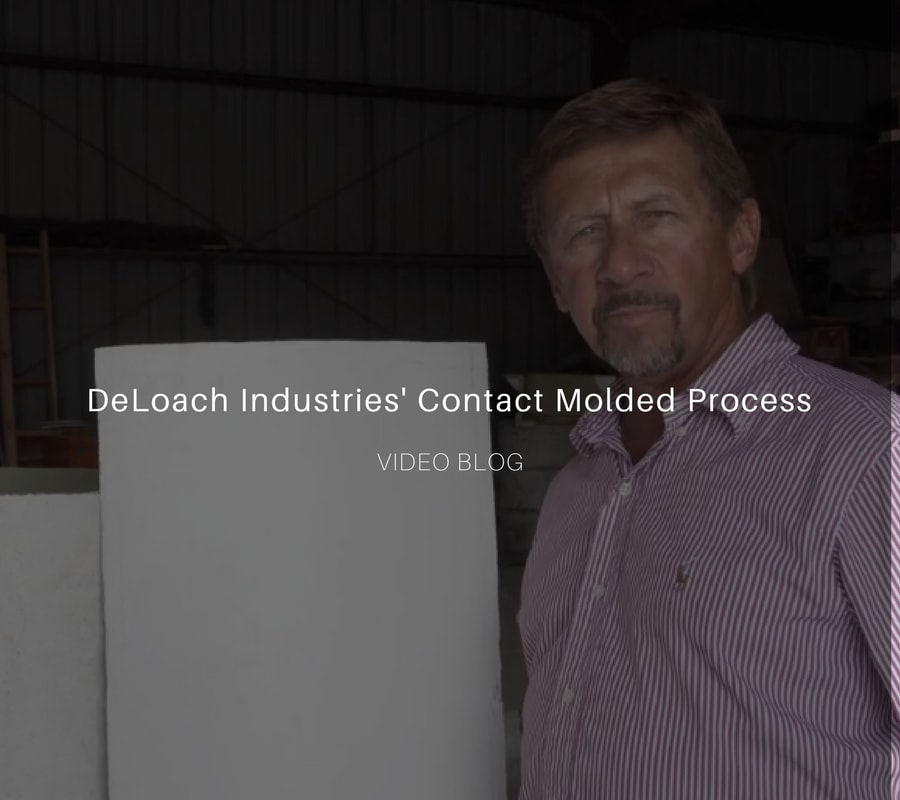
Following NSF/ANSI 61 regulations when designing and selecting the materials for the manufacturing of water treatment equipment.
It is important to understand what regulatory standards or constructions standard may be required to be compliant. This includes the designing and fabrication of systems such as reverse osmosis utilizing membrane technology, decarbonation of Carbon Dioxide, degasification of Hydrogen Sulfide, and water filtration for the removal of micron particles from potable and nonpotable water processes.
One requirement that engineers and manufacturers often encounter is called NSF /ANSI 61. NSF is an international and nonprofit, nongovernmental organization that is focused and dedicated to public health and safety as it relates to potable water systems and their components. NSF/ANSI 61 developed and established minimum requirements for the control of potential adverse human health effects from products and their components that contact with drinking water.
DeLoach Industries Inc. manufactures multiple types of water treatment equipment and adheres to strict compliance with NSF/ANSI 61 standards with all of their manufacturing procedures and practices. This strict adherence assures owners that water treatment equipment like decarbonation and degasification towers, reverse osmosis, and ion exchange that the equipment and material are all in full compliance with the NSF/ANSI 61 requirements.
Read More
Topics:
water quality,
water treatment,
advanced treatment solutions,
About DeLoach Industries,
fabrication,
contact molded process,
hydrogen sulfide (H2S),
Decarbonation,
wastewater,
carbon dioxide,
decarbonator,
H2S Degasifier,
ansi61,
nsf/ansi61
Read More
Topics:
water treatment issues,
water quality,
pH levels of water,
aeration,
water treatment,
advanced treatment solutions,
fiberglass,
About DeLoach Industries,
fabrication,
biological scrubber,
Chemical Odor,
media packing,
pH levels,
Decarbonation,
De-Aeration,
decarbonator,
boiler system,
distillation,
degasifier,
RO system,
H2S Degasifier,
Fish Farming,
Aquaculture,
Pisciculture,
Biological Odor Control Scrubber,
Biological odor control,
removal of CO2 from water,
Deagasification,
decarbonation of water,
Sand filters,
Filter Media,
municipal water systems,
greensand,
DeLoach Industries, Inc.,
Drinking Water
Industrial water treatment systems play a crucial role in maintaining the quality and sustainability of water used in various industrial processes. One of the key challenges faced by industries is the presence of dissolved gases, particularly carbon dioxide (CO2), and corrosive gases like hydrogen sulfide (H2S) in the water. These gases can have detrimental effects on equipment, cause pH imbalances, and even compromise the overall efficiency of industrial processes.
Read More
Topics:
water treatment issues,
water quality,
degasification,
water treatment,
decarbonator,
degasifier,
degassed water,
Deagasification,
decarbonation of water,
DeLoach Industries, Inc.,
Drinking Water,
DeLoach Industries,
water process system
Select the best type of odor control, fume, or air emission scrubber.
Industrial and municipal operations often face the challenges of capturing and treating air emissions from their process operations. Off-gases, fumes, and odor emissions can be generated from the downstream process or material handling, such as those in the municipal wastewater industry. However, industrial operations often generate fumes and off-gas air emissions from either the production of chemicals or the use and application of chemicals like acids and a wide range of other chemicals. These types of air emissions share a common need to be safely captured, contained, and treated to make the air steam safe before its release. Some types of air streams create an odor that becomes a nuisance, as is typical with municipal waste that often releases Hydrogen Sulfide (H2S) and or Mercaptans (R-SH) gas during decomposition.
Many variables should be considered
when beginning to choose the best type of air emission treatment process. Within the industry, there are wet chemical scrubbers, dry absorbent scrubbers, biological scrubbers, and destructive type scrubbers such as catalytic and thermal oxidizers and flare technology that utilize heat to destroy and consume and oxidize certain types of off-gases.
Each type of air emission process has its own parameters where it will perform optimally, and each type of scrubber has different levels of operating challenges and associated operating costs. So how does one select the best process for each application?
At DeLoach Industries, we like to help customers with this evaluation process by completing a checklist guide, which helps guide the customer to the most economical and safe solution. Going through this process can help eliminate costly mistakes that may otherwise be overlooked. Solutions are often selected by looking at the contamination only or by familiarity with the process.
Read More
Topics:
water treatment issues,
water quality,
odor control
Hydrogen sulfide (H2S) contamination in water is a very common issue. A distinctive smell, combined with a dark precipitate that leaves behind damaging deposits, is an indication that there is H2S in your water. From the irritating smell, corroded plumbing & staining, to far more dangerous health concerns, contaminated water can cause serious issues in industrial and municipal environments.
When looking for the best method to remove the gas from your
water treatment system, you want equipment that is highly efficient and cost-effective. You also want the method to be safe and require minimum capital to initiate. Of all the available methods, few are as efficient, cost-effective, and easy to implement as degasification.
Generally speaking, degasification is the elimination of dissolved gases from water using various means. In this case, we are looking at the use of a membrane to filter off Hydrogen Sulfide from drinking water to render it clean and safe for use. In membrane degasification, a proprietary membrane cartridge is used to remove the gas from the water. With vacuum conditions on one side of the membrane and the contaminated water on the other side, the dissolved gas (H2S) is moved by the vacuum to the other side of the membrane, leaving the water molecules unable to move across. This happens very quickly and the method is highly effective. The resulting water is void of any contamination, and safe for drinking and commercial use.
Read More
Topics:
water treatment issues,
water quality,
degasification

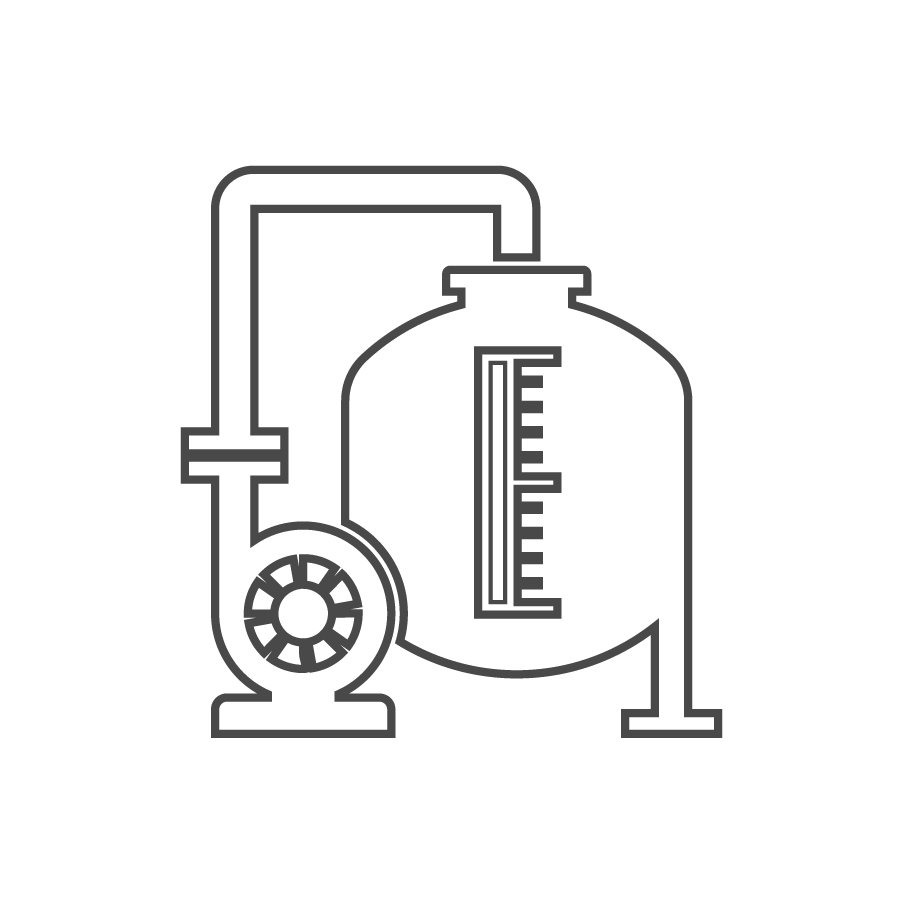
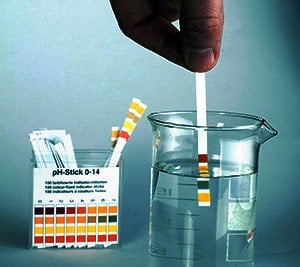
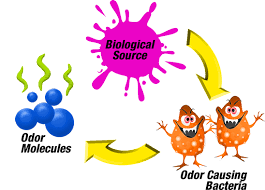
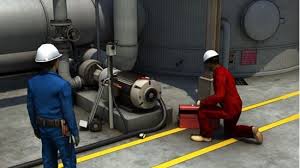


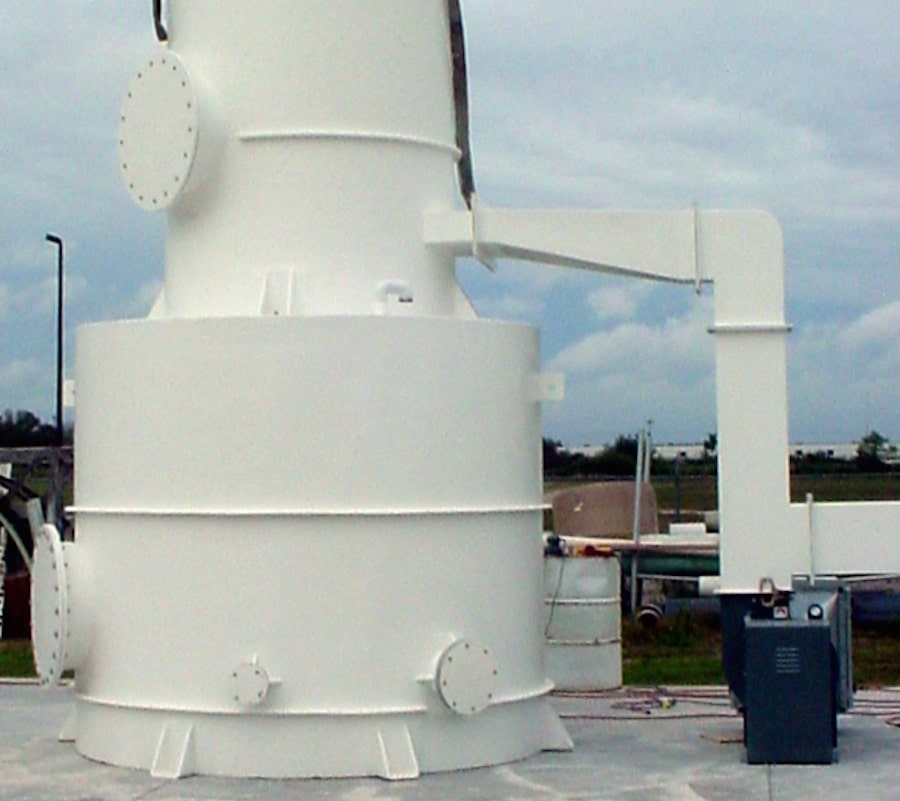
.png)
